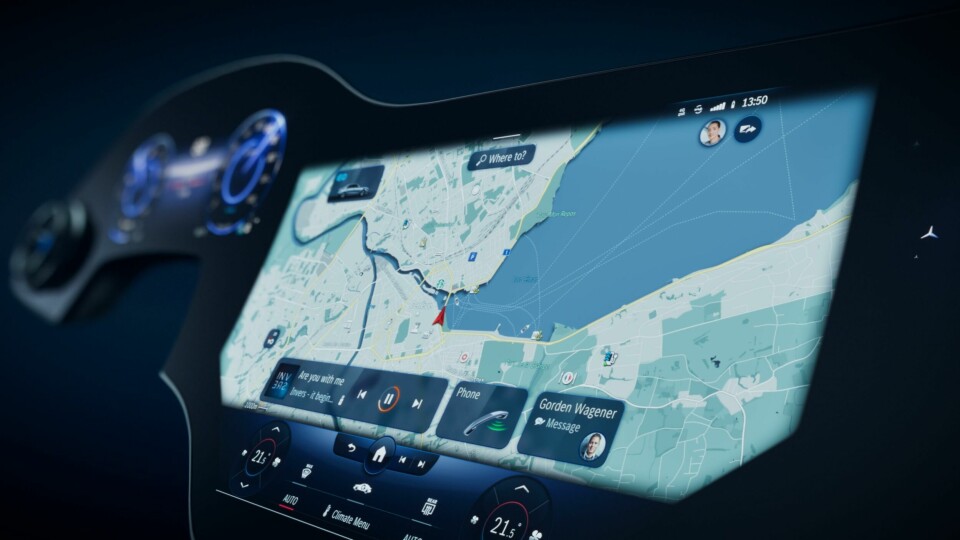
State of the Screen
As technology has become more prevalent in car design, interiors have been marked by a steady proliferation of touchscreens. Guy Bird explores the near future to discover whether there is life beyond the black mirror
Most popular stories from 2021
-

Most popular stories from 2021
-
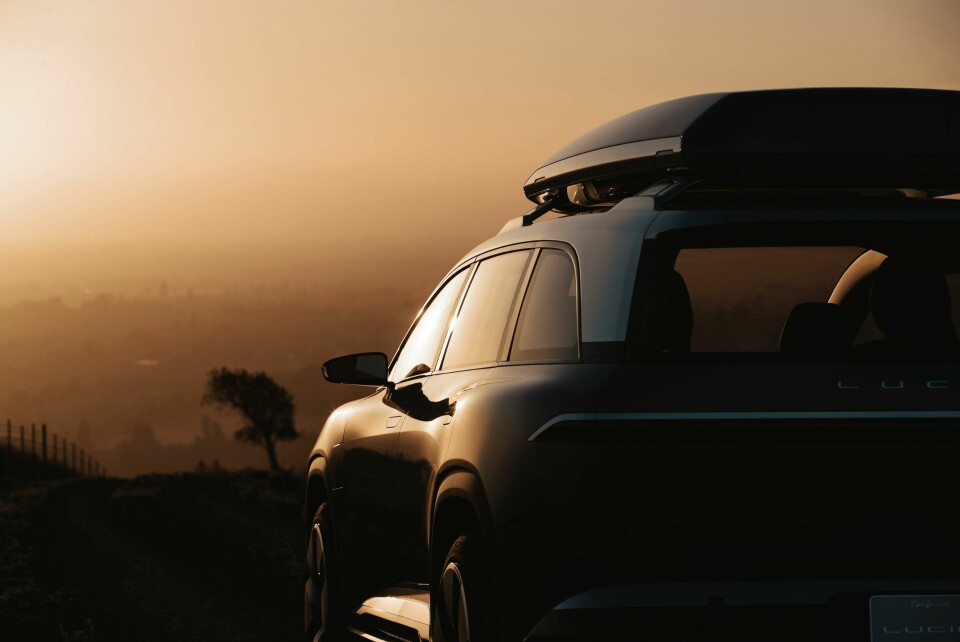
Where next for SUV design?
-
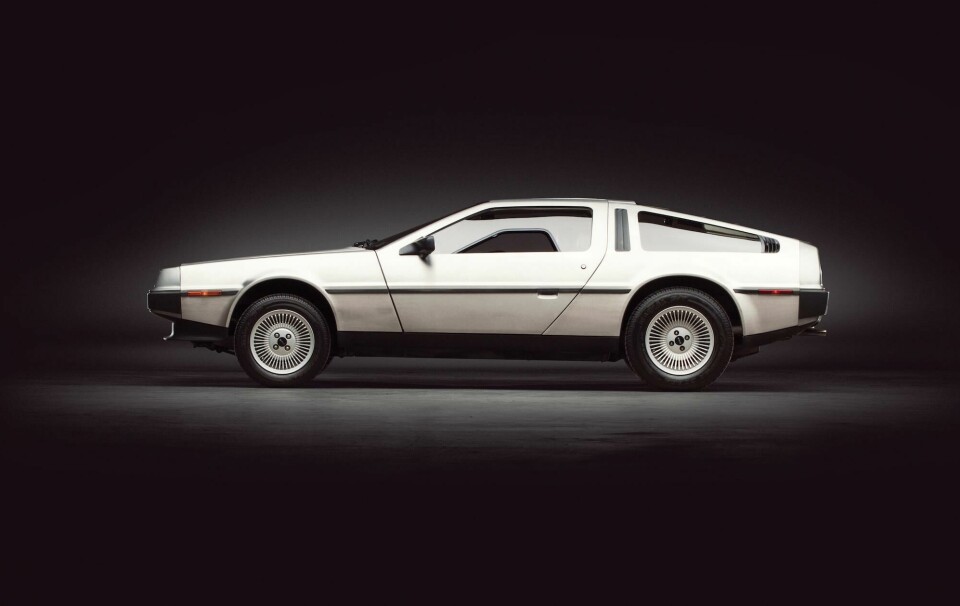
Review – DeLorean: Back from the Future
-
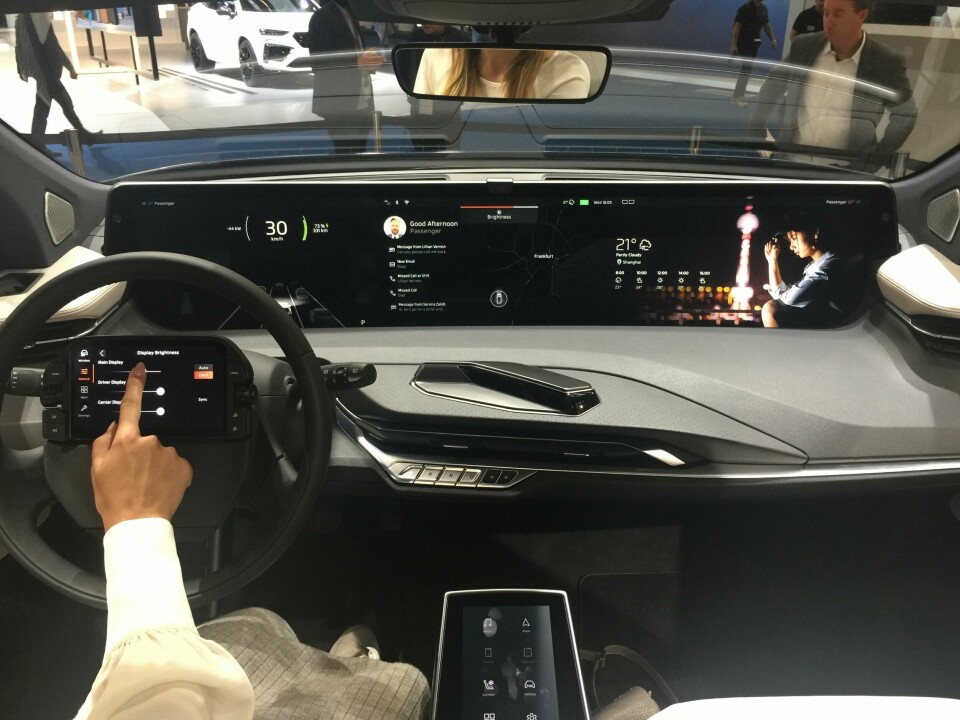
State of the Screen
-
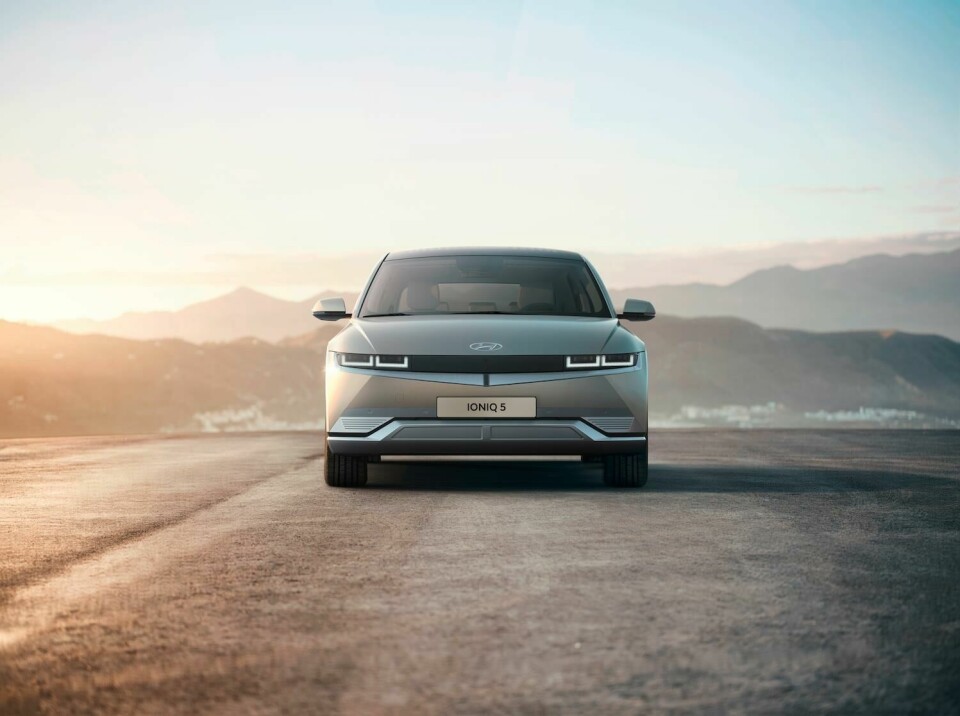
Hyundai Ioniq 5 and Renault 5 Prototype scoop Car Design Review awards
-
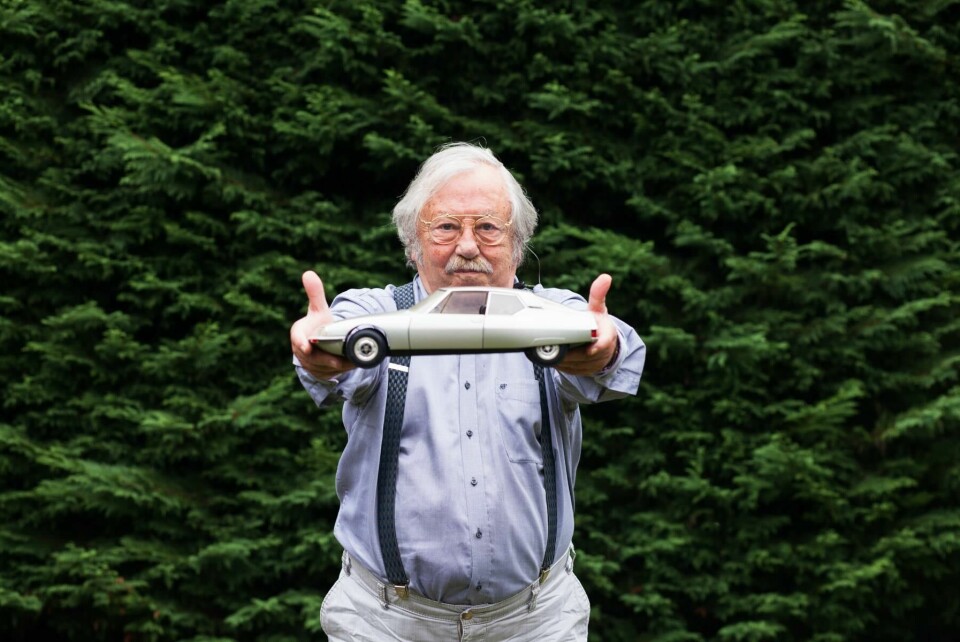
Obituary: The French maestro Robert Opron
-

Design legend Marcello Gandini distances himself from “so-called new Countach”
-

Studio Visit: Nissan Design America
-

All change please: Dissecting the car design top job merry-go-round
-
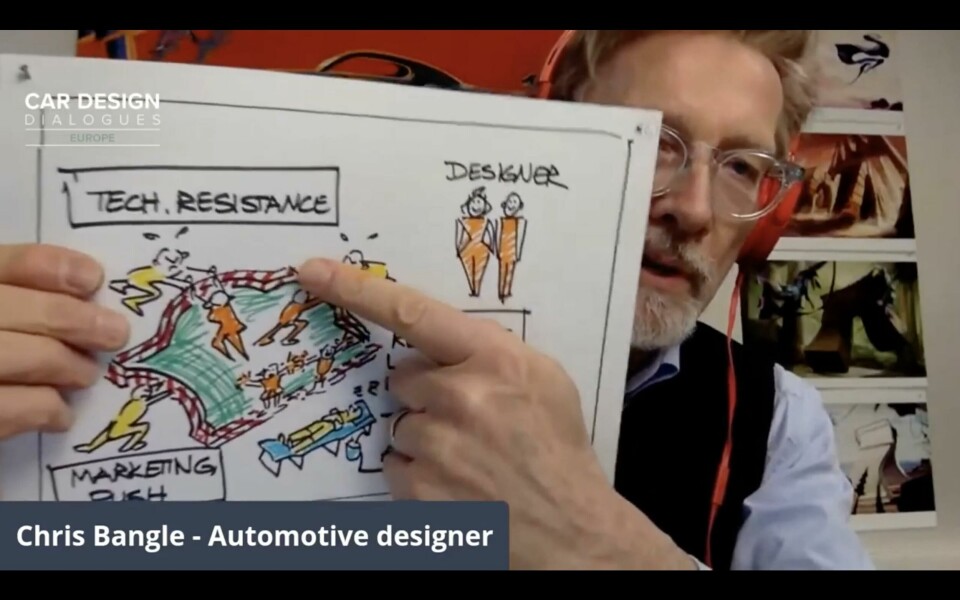
Watch: Fireside chat with Chris Bangle
-

Watch: Low-volume high-performance car design
With the launch of Mercedes’ Hyperscreen in January 2021 – offering a fully digital instrument panel for the first time on its forthcoming production EQS electric limousine – it’s fair to say the idea of the infotainment screen as an ‘add-on’ car feature has come to an end.
The proliferation of in-dash car infotainment screens – whether operated by touch or not – has been steadily rising in number, complexity, and size since the 2010s, but arguably it’s only been within the last two years that they have truly come of age. As highlighted in our Car Design Review 7 yearbook, the biggest trend of 2019 by some margin was the introduction of massive screen displays. It was a logical enough progression: first, central infotainment screens got bigger to include more functionality and bigger maps – providing a certain ‘wow’ factor along the way, as witnessed in Tesla’s big, quick, and highly capable screen range – then driver displays went digital too and eventually merged with the centre screen. Add a passenger-side screen and internal side-view camera displays on each side and full-width screens became the result.

Perhaps the most striking real-world example already out on the road is in the Honda e – but that still offers physical buttons for aircon, volume and ‘home’. Just like the production-ready, although currently ‘business-pending’ Byton M-Byte, whose 48-inch remote screen is activated by either a steering wheel hub tablet or central touchpad. Or like the forthcoming Cadillac Lyriq EV, which despite its impressive 33-inch curved LED display screen still includes complementary 3D buttons. Only the 55.5-inch Mercedes EQS Hyperscreen has no physical buttons at all.
And this has upset a lot of people. Anger has vented within social media portals where some tend to be appalled by all sorts of things very quickly, but there has also been the more considered critique that perhaps a few physical knobs and buttons to twist and press are just better – and safer – especially at the helm of a high-powered vehicle going fast. As Drew Meehan, design strategist and UX expert at Mensen Auto says: “The driver is the most common user of a screen and needs glance-able, hands off, muscle-memory control. But the Hyperscreen gets rid of all of that.”
Gorden Wagener, Daimler’s chief design officer, and the architect of the Mercedes Hyperscreen unsurprisingly disagrees. “Once you operate the car from the screen you won’t miss the buttons much,” he says over a ‘roundtable’ conference call. “What we wanted to do with the EQ brand is to define progressive luxury, stuff that has never been done before.” Another Mercedes designer, Vera Schmidt, VP for advanced digital design, qualifies the new system with a minor sop to the possibly entrenched 3D knob-twiddling fraternity: “There are still some elements of the EQS that are haptic like the air vents,” she says, “but because we created this ‘zero layer’ the user doesn’t have to interact with the screen so much anymore. It’s a very intelligent surface so you don’t need to use sub-menus or flick left, right, up or down so often.” The ‘zero layer’ Schmidt refers to, is the main point of reference, distracting sub-layers are avoided.
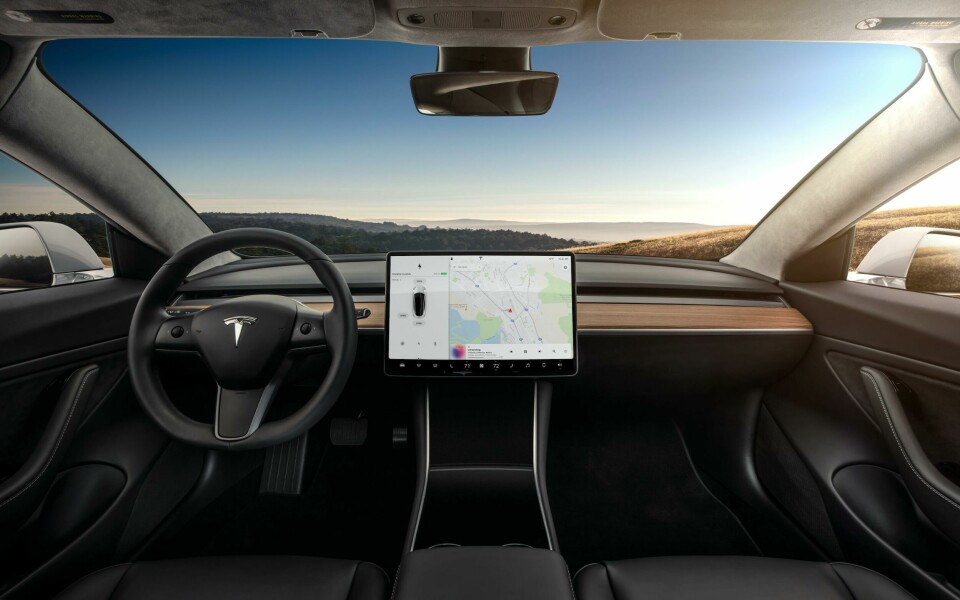
As Wagener continues: “We paid attention to the main uses of the screen, navigation first of all, then phone, entertainment and so on. We created that canvas and then created pop-up notifications, from predictions, to incoming calls, so you can operate everything on one layer.” The Hyperscreen also promises better haptic feedback, one of the bugbears of many car touchscreens both current and historic, via 12 actuators under the Hyperscreen’s surface which trigger a vibration of the cover plate to acknowledge the finger’s touch. This sounds good but remains untested by the wider media until the EQS launch programme rolls out, hopefully when current COVID restrictions ease sufficiently.
And perhaps therein lies the rub with some UX systems, tested in-house often under optimal conditions by those who have developed the software and are very familiar with it. More real-world scenarios include jumping into a car that doesn’t belong to you – like a hire car on holiday – and trying to get everything going quickly, from linking your phone, to accessing maps that might require internet connectivity in locations with patchy coverage. A recent first-hand test of the Ford Mustang Mach-E’s large 15.6-inch portrait-oriented UX system revealed a very easy set-up and phone link. It also offers smart phone ‘mirror linking’ as well as in-house systems on the same screen in different windows, so that you can switch between say, Apple CarPlay and the car’s own interfaces (and back) without fuss.
The speed of Mach-E’s response was also reassuringly quick, with no haptic confirmation lag, another factor that can be dangerous in taking eyes off the road to double-check your input has been actioned. Indeed, to alleviate the distraction an overly touch-focused UX system can create, BMW has left the decision on how the driver or passenger interacts with its new iX up to the customer, as Matthias Junghanns, BMW i’s head of interior design says: “We decided to take a multi-modal approach, to give customers the chance to interact with our car via direct touch, speech, gesture or our central controller.”
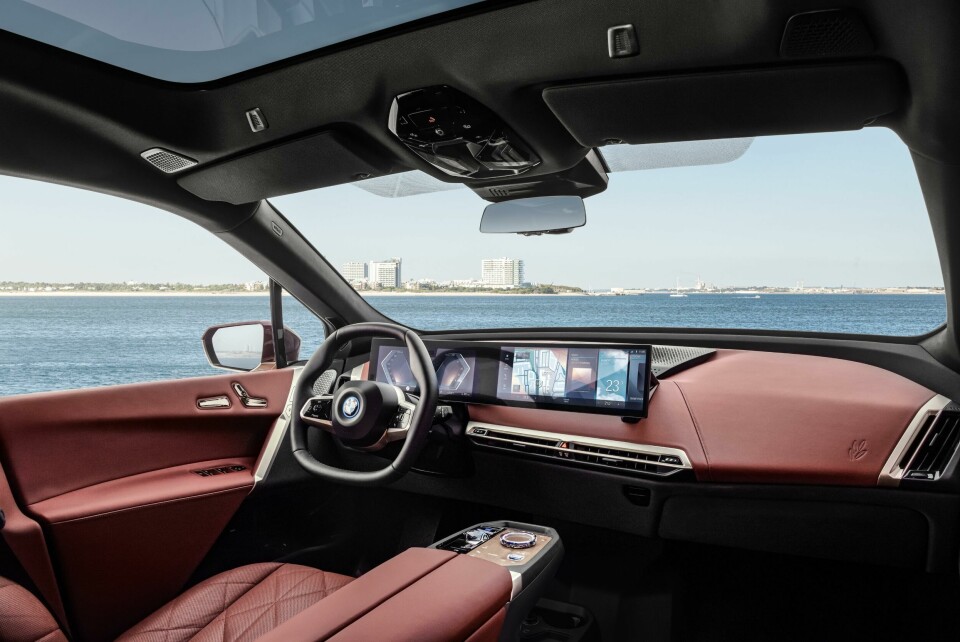
Improved and more widespread smart textile surfaces with embedded controls (like on the Nissan Ariya) and proximity haptic controls (like on various models in the VW Group) are other subtle UX enablers likely to become more prevalent in cars launching this decade, while predictive controls, from eye-tracking sensors and artificial intelligence (AI) will improve and ultimately cut down the number of touchscreen interactions necessary. As Daimler’s Schmidt continues: “We created a module which after a couple of drives knows where your work and home is and doesn’t take long to learn your behaviour.”
But what about that other big screen in the car – the windscreen and associated head-up display systems (HUDs)? The obvious USP of a HUD is that the information is gleaned without taking eyes off the road, but Wagener says the technology has downsides too. “The technology has physical requirements, the light has to travel a certain distance to get the view, so you need a huge box [on the IP]. And the biggest disadvantage is that only the driver can see the HUD, not the passenger, it’s only viewable from a certain angle. Current HUDs don’t work for a whole screen and although you could control it by gesture that’s probably not as precise or convenient while driving. By the end of the decade new technologies like foils within the windscreen might enable a full-width HUD but now there’s nothing reliable that I know of.”

Ultimately, the Hyperscreen is a gamble for Mercedes in terms of wanting to be first with an innovation which may or may not gain wider acceptance. Asked whether there is a physical button to re-set the Hyperscreen if it fails, Wagener admits there is not and the biggest problem with the increasing advance of digital-everything within car cabins is that if they fail or underperform, the car is harder to drive safely or simply won’t drive at all. As Mensen Auto’s Meehan says: “It’s easy to mock the amount of attention screens get [from the media] in modern cars, especially with EVs, because there are more things connected to the screen. But knowing how far you can go, where you’re going and having your profile connected can really streamline the process if the screen works well, or massively impact how you can, or can’t do anything if it doesn’t.” To be fair to Mercedes, the Hyperscreen is only an option on the EQS, a more regular S-Class-style system with a few more buttons will be available too, but whatever car you choose – especially in the premium-to-luxury passenger realm – UX is increasingly becoming the deal-breaker. So it better be good.



